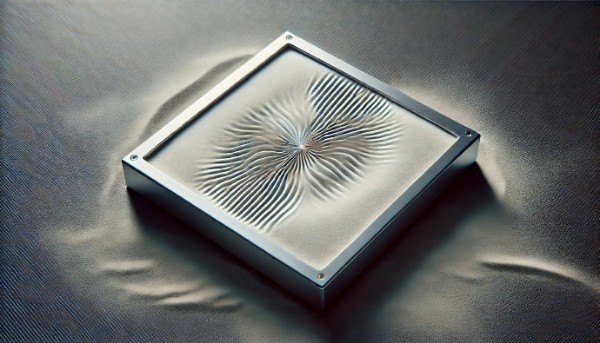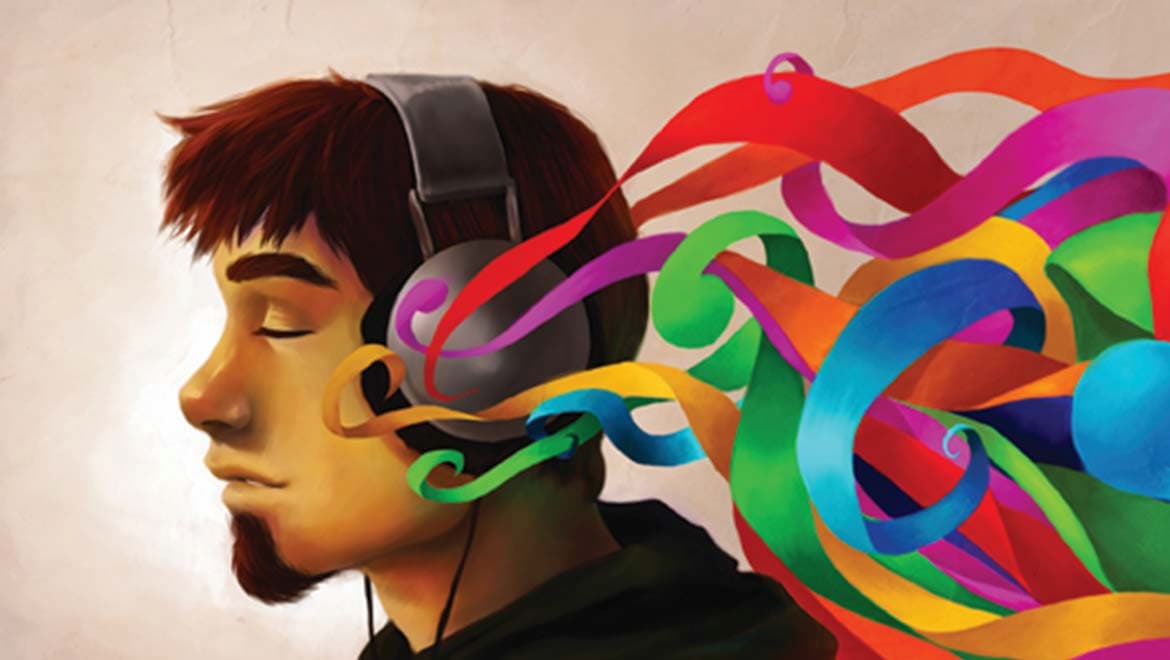by Joanna Latala
Music is often thought of as an art form that exists primarily through sound, but for deaf and hard-of-hearing individuals, music is not necessarily beyond reach. Instead of being heard in the traditional sense, music can be felt through vibrations, seen through visual representations, and even experienced emotionally in profound ways. How do deaf individuals engage with music, and what innovations allow them to access its beauty? Let’s explore the ways in which music transcends sound.

Feeling Music: Experiencing Sound Through Vibrations
One of the most common ways that deaf individuals experience music is through vibrations. Sound waves create physical movements in the air, and these vibrations can be felt through the skin, bones, and body. Here’s how:
- Bone Conduction – The inner ear can pick up vibrations transmitted through bones, a technique that some deaf musicians and listeners use to “hear” music in a tactile way.
- Vibrational Devices – Special speakers, vests, and platforms amplify low-frequency sounds, allowing deaf individuals to physically feel the rhythm and intensity of the music.
- Subwoofers and Bass Frequencies – Many deaf concertgoers stand close to speakers or place their hands on instruments to feel the bass and percussion elements of a song.
Famous deaf composer Ludwig van Beethoven reportedly discovered this method, pressing his ear against his piano to feel the vibrations as he composed.
Can Sound Be Visual?

© evolving-science.com
For some individuals, music is not just something that can be felt—it can also be seen through visual representations and sensory experiences. Several ways allow people to perceive music beyond sound:
- Synesthesia – Some people experience a neurological phenomenon where they “see” music as colours, patterns, or movements. Certain artists and composers, such as Wassily Kandinsky, claimed to perceive sound visually.
- Sound Visualisation Technology – Spectrograms, oscilloscopes, and LED displays convert sound waves into moving images, helping people visually interpret different frequencies and rhythms.
- Sign Language Interpretation – Deaf performers use expressive sign language to convey the emotion and meaning behind lyrics and melodies, offering a visual equivalent of musical storytelling. Play
Music Accessibility for the Deaf Community
Advancements in technology and creative initiatives have made music more accessible for the deaf and hard-of-hearing. Some groundbreaking efforts include:
- Vibrating Concert Venues – Events designed specifically for the deaf, such as deaf raves, incorporate vibrating floors, wearable bass vests, and synchronised light shows.
- Haptic Wearables – Devices like SubPac and Music: Not Impossible translate music into tactile sensations across the body, allowing users to “feel” music in an immersive way.
- ASL Music Performances – Artists like Sean Forbes and Signmark, who are deaf rappers, bring music to the deaf community by performing in sign language while incorporating rhythm and expression.
Final Thoughts – Music Beyond Sound
Music is not just an auditory experience—it is a multisensory art form that can be felt, seen, and expressed in various ways. Whether through vibrations, visual interpretations, or innovative technology, the deaf community continues to engage with and contribute to the world of music. These alternative ways of experiencing sound challenge the idea that music is solely for those who can hear, proving that music is truly universal.
No comments:
Post a Comment